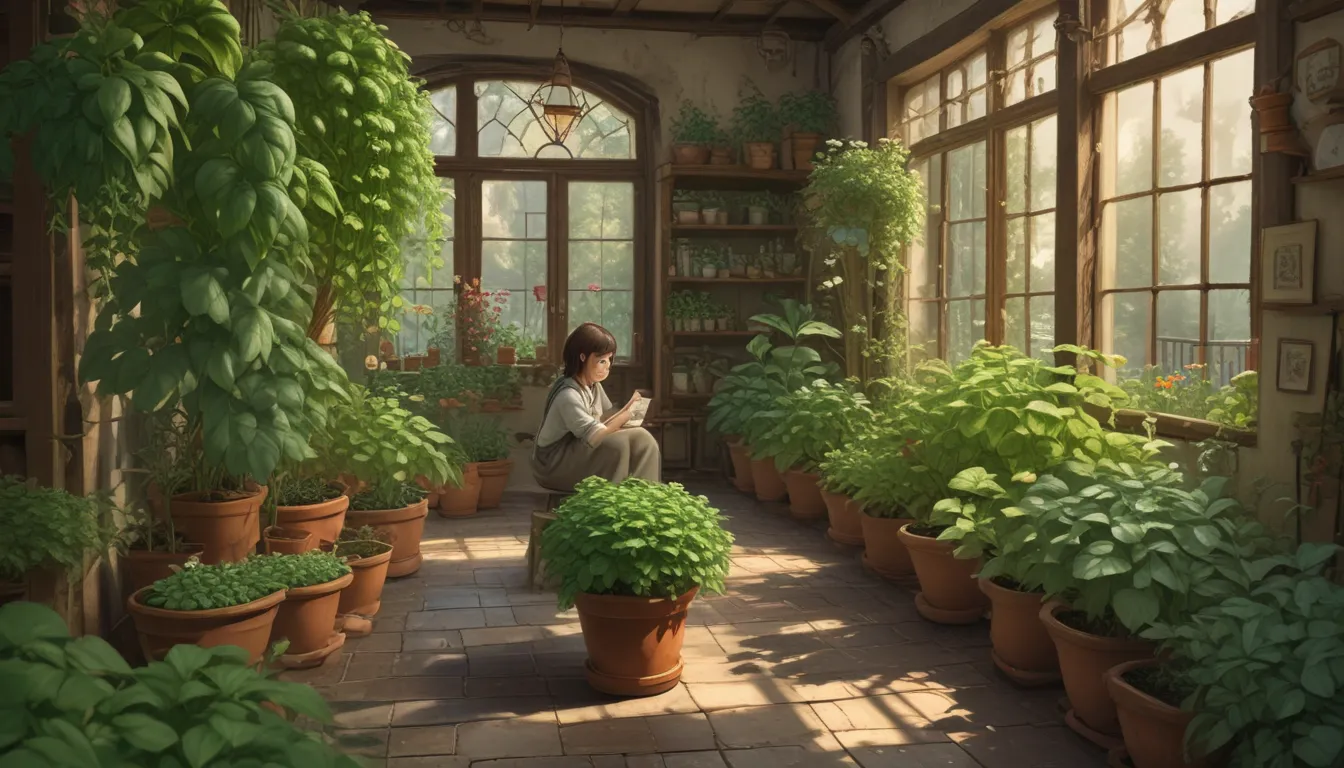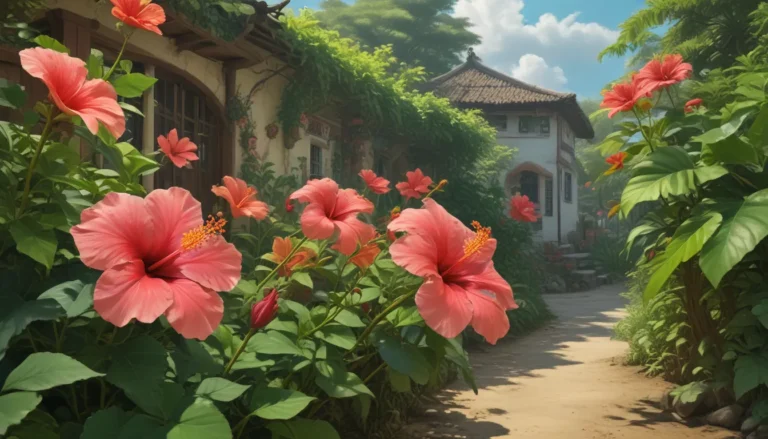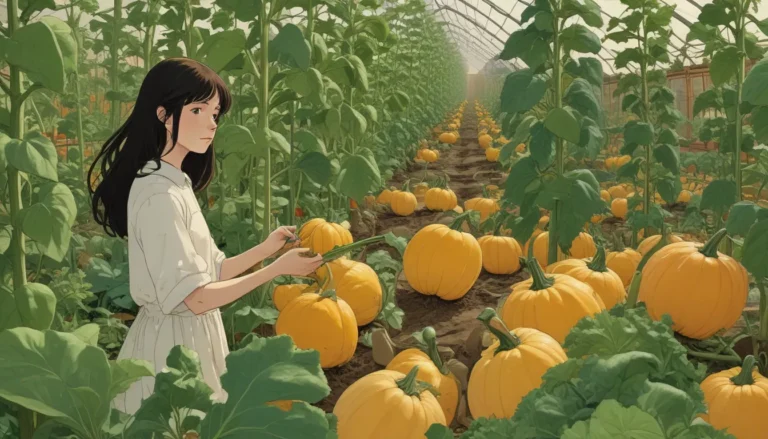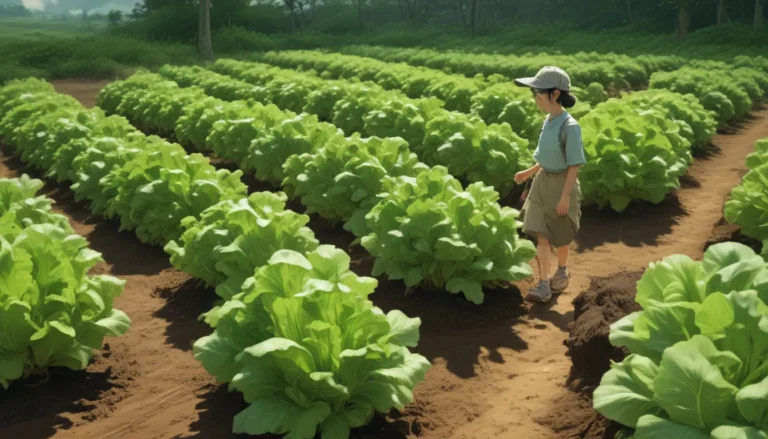Why Allowing Basil Plants to Flower Can Benefit Your Garden

Are you wondering whether you should allow your basil plants to flower? Basil, a beloved herb in many kitchens, produces beautiful flowers but how does it impact the plant itself? Let’s dig deeper into the benefits and drawbacks of allowing your basil plants to flower.
What You’ll Learn
- Annual Life Cycle
- Early Flowering Triggers
- Flavorful Basil Leaves
- Bushy, Full Plants
- Flowers for Seeds
Annual Life Cycle
Basil typically completes its life cycle in one growing season, transitioning from germination to reproduction in a short period. Flowering, usually triggered in mid- to late summer, is an essential part of this cycle.
Each flower develops seeds, which can be harvested for propagation. However, once the plant starts flowering, it directs its energy into reproduction, resulting in a decline in leaf production and flavor. Eventually, the plant withers and dies.
Early Flowering Triggers
If you notice your basil plants flowering early in the summer, high temperatures and water stress may be the culprits. Extreme heat and insufficient watering can cause plants to bolt, leading to premature flowering.
To combat early flowering, provide your plants with light shade during the hottest part of the day and ensure consistent, adequate watering to maintain plant health.
Flavorful Basil Leaves
For the most flavorful leaves, it is recommended to remove the flower buds promptly as they form. This practice helps the plant focus its energy on producing leaves, resulting in more aromatic and tasty foliage.
By regularly pinching out the buds, you can maintain high levels of essential oils in the leaves, enhancing the herb’s flavor profile. Additionally, the edible buds and flowers can be used as garnishes or in teas.
Bushy, Full Plants
Pinching back basil and removing flower buds is key to promoting leaf growth and creating bushy, full plants with abundant foliage. By encouraging new branches to develop below the cut, you can maintain a lush and healthy plant ideal for culinary use.
Allowing flowers to develop can lead to taller, lankier plants with less foliage, compromising the plant’s overall appearance and flavor. Therefore, it’s essential to monitor your basil plants closely and remove buds to maintain their shape and health.
Flowers for Seeds
While removing flower buds is recommended for culinary use, allowing some plants to flower is necessary for seed collection. Basil flowers attract important pollinators like bees and butterflies, making them a valuable asset in the garden.
To harvest seeds, choose a couple of plants dedicated to seed production. Once the pods are ripe, collect the seeds for future plantings. For the remainder of your crop, continue pinching out flower buds for culinary use.
In conclusion, deciding whether to allow your basil plants to flower depends on your specific needs. For flavorful leaves, regularly pinch out flower buds. For seed collection and pollinator attraction, let a few plants bloom and produce seeds.
How do you prefer to use basil in your garden? Share your thoughts in the comments section below!
For more basil growing tips, explore these helpful guides:
- How to Grow Basil in Your Herb Garden
- 13 Favorite Basil Varieties for the Garden
- How to Propagate Basil
Remember, by understanding the benefits of allowing basil plants to flower, you can optimize your garden’s productivity and enjoy a bountiful harvest.





